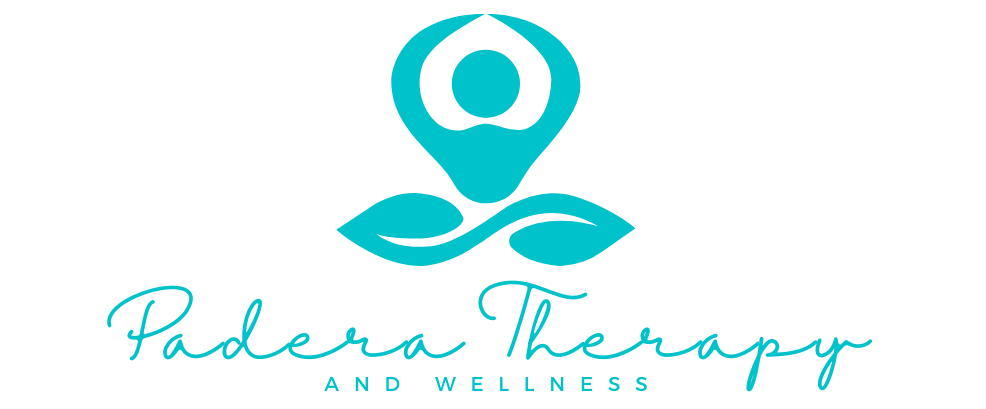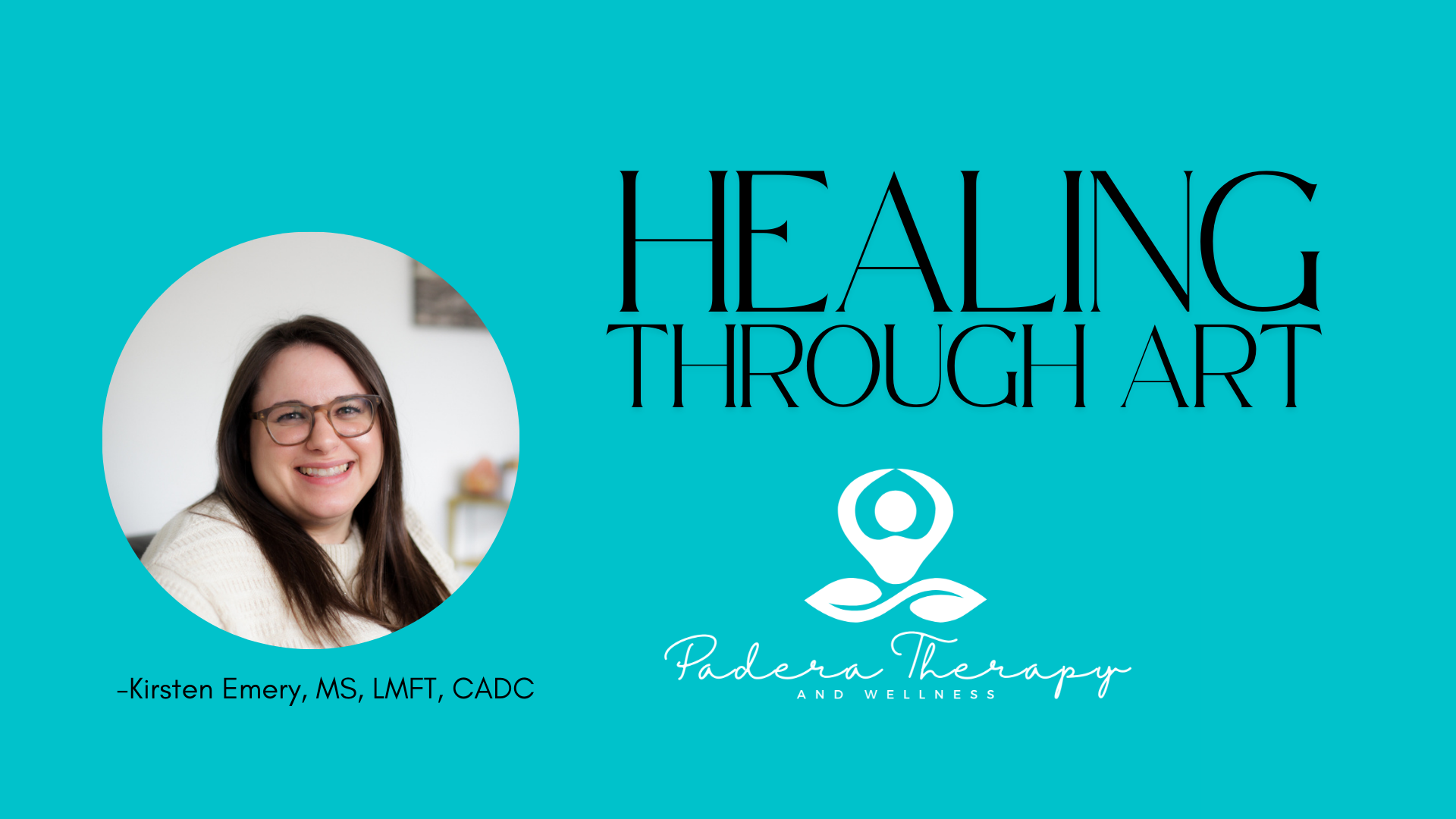Healing through Art
Healing Through Art
by Kirsten Emery, MS, LMFT, CADC
Therapy can be quite helpful in understanding and taking care of ourselves as we navigate our emotional health and personal development. In the same way that we take time to cultivate our mental health through talk therapy and self-care, creativity provides effective means for expanding our self-awareness through the healing process. Art therapy can be a powerful and amazing tool that enables us to explore emotions, lower stress levels, and build resilience, just through the simple act of creating.
WHAT IS ART THERAPY?
Art therapy combines the advantages of psychology with artistic expression to help people manage stress, process emotions, and understand their inner selves. Art therapy is far more about the experience than the result, as compared to traditional art classes, which focus on technique and skill. Under the guidance of a licensed art therapist, clients can engage in creative activities created especially to support self-discovery and healing.
The beauty of art therapy is that everyone can benefit from it. You don’t need to be an artist to take part, just a willingness to participate in the creative process and related self-reflection. Research has shown that art therapy is beneficial for people of all ages who are dealing with:
Anxiety and depression
Trauma and PTSD
Grief and loss
Self-esteem and body image struggles
Neurodivergence (ADHD, autism, etc.)
Stress reduction and emotional regulation
OUR BRAINS AND ART
In addition to being fun, all types of creative acts have important advantages for our brains and general emotional health. Susan Magsamen and Ivy Ross, authors of the book Your Brain on Art: How the Arts Transform Us, make a compelling case for the importance of creativity in brain function. According to research, artistic expression can:
Reduce stress and improve mood: Even just 20 minutes of doodling or humming can boost mental health.
Promote neuroplasticity: Creating art helps build new neural connections in the brain that increase cognitive flexibility and resilience.
Support processing of trauma: For trauma survivors in particular, art offers a nonverbal means of exploring and processing challenging emotions.
Encourage mindfulness and relaxation: Like meditation, creative pursuits help us to be in the present moment.
As Magsamen and Ross highlight in their book, "Art is not a luxury for our downtime, but an important contributor to physical and mental well-being."
CREATIVITY FOR SELF-CARE
If you’re looking for ways to start bringing creativity into your self-care routines, consider some of the following simple creative activities:
Journaling with sketches to visually express your feelings
Using coloring books as a tool for practicing mindfulness
Creating a collage to explore your identity, aspirations, and values
Engaging in music or movement-based creativity, such as dancing, to process and release emotions
When it comes to creative self-care, there is no right or wrong way of doing it. Finding what makes you happy and fulfilled is what really counts. Art isn’t about being "good" at something. It’s about showing up for yourself in a way that nurtures and supports your mental health and personal growth.
Start small if you want to incorporate more creativity into your everyday life. Experiment with different forms of art and creation and notice how they make you feel. Our art therapists Jacqueline Chaidez and Hannah Schupbach are available for sessions if you’re interested in bringing art therapy into your well-being journey. The simple act of creating can be transformative, and your mind and heart will thank you.
Kirsten Emery is a Licensed Marriage and Family Counselor and Certified Addictions Counselor with Padera Therapy and Wellness. She is also the Co-Clinical Director at the practice. Kirsten specializes in treating addictions, eating disorders and body shame, mood disorders and family issues. Kirsten also has a special clinical interest in working with clients who practice consensual non-monogamy and are part of the Kink community. When Kirsten isn’t practicing clinically, you can find her perusing bookstores, reading fantasy and speculative fiction, and spending time with her husband and two pets.


